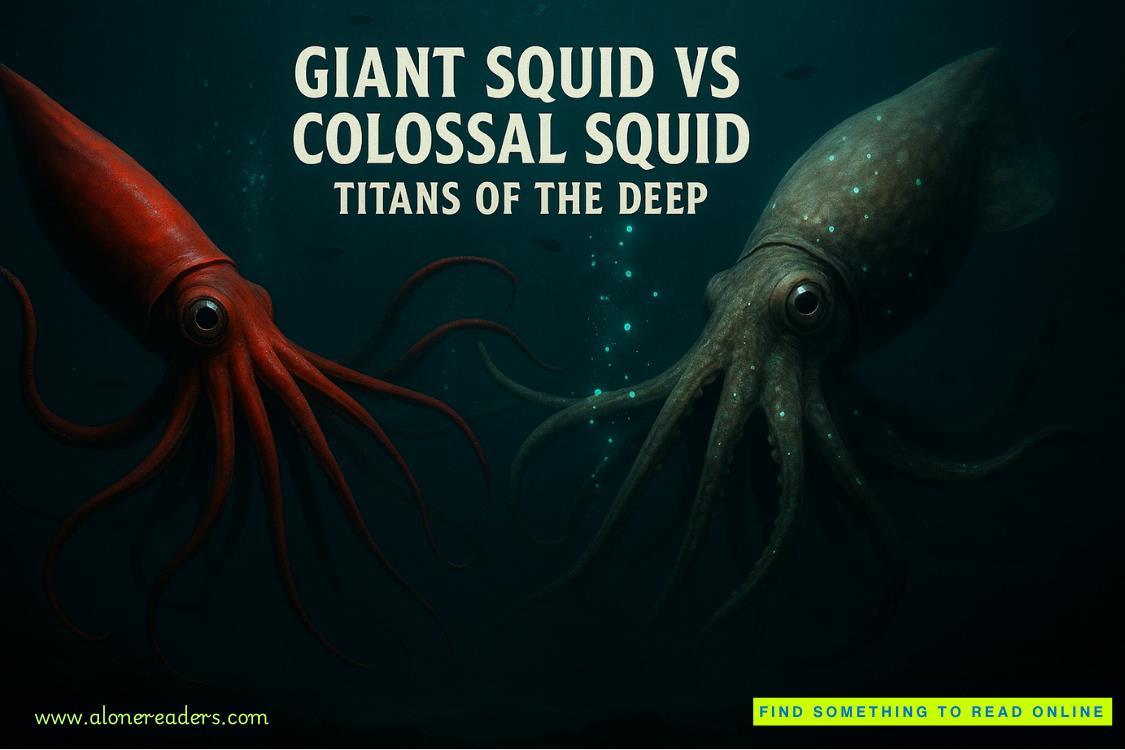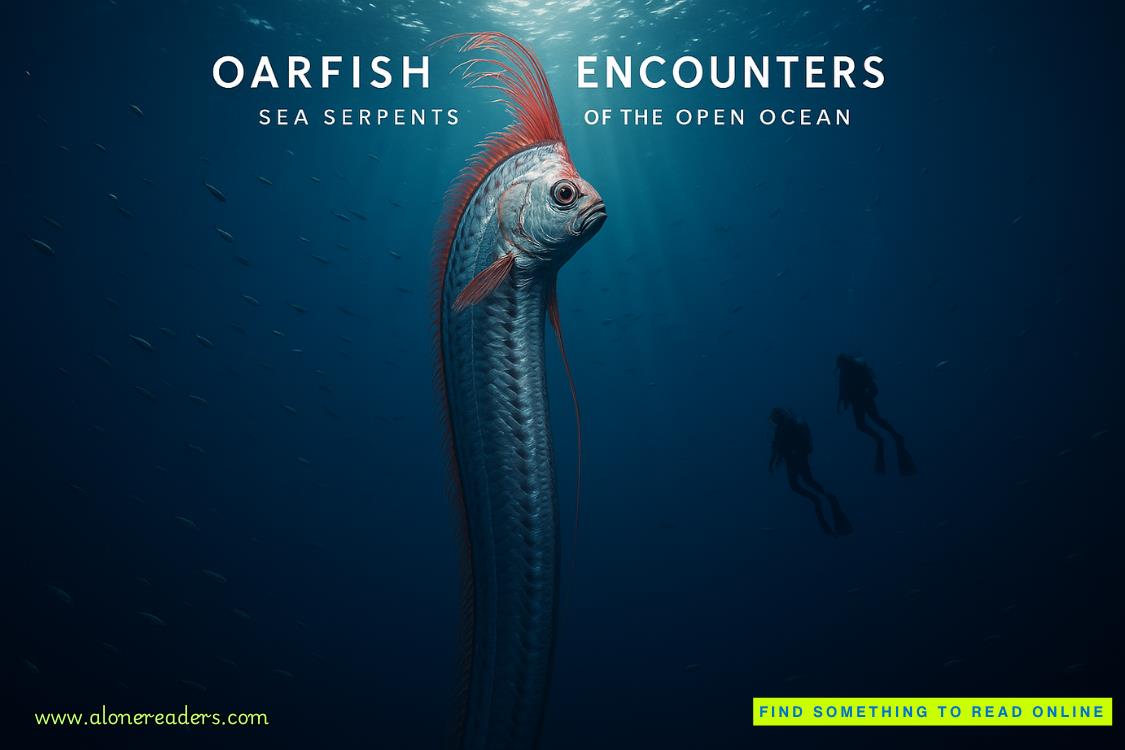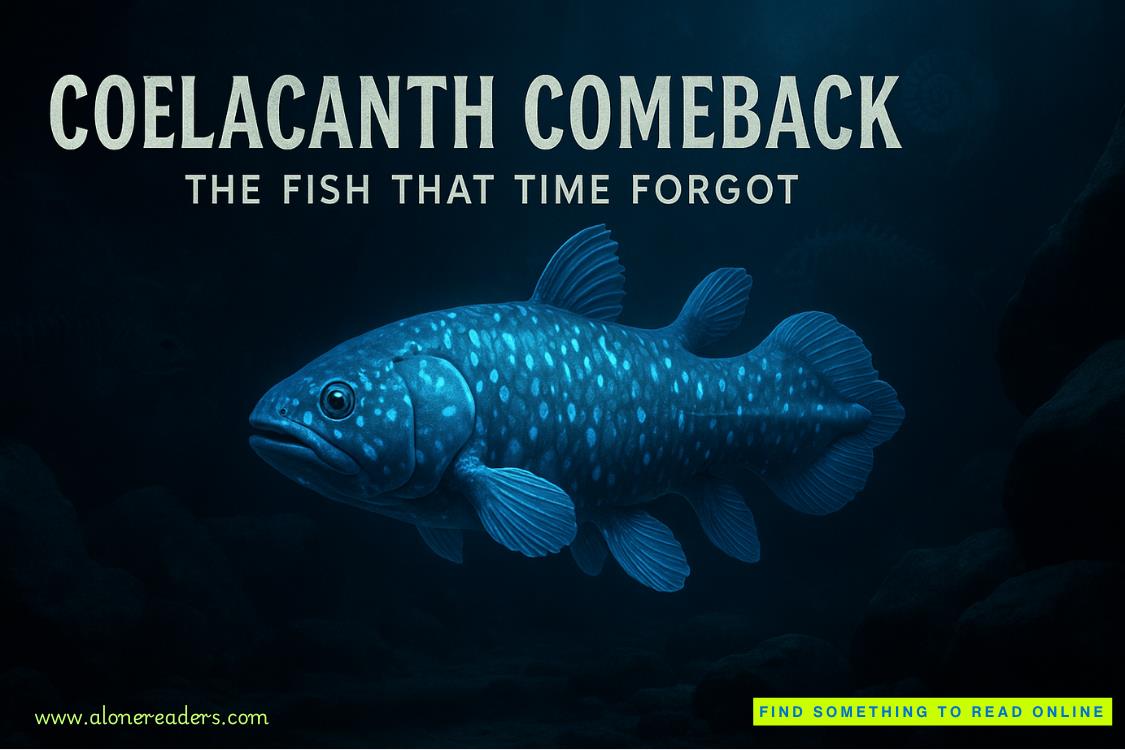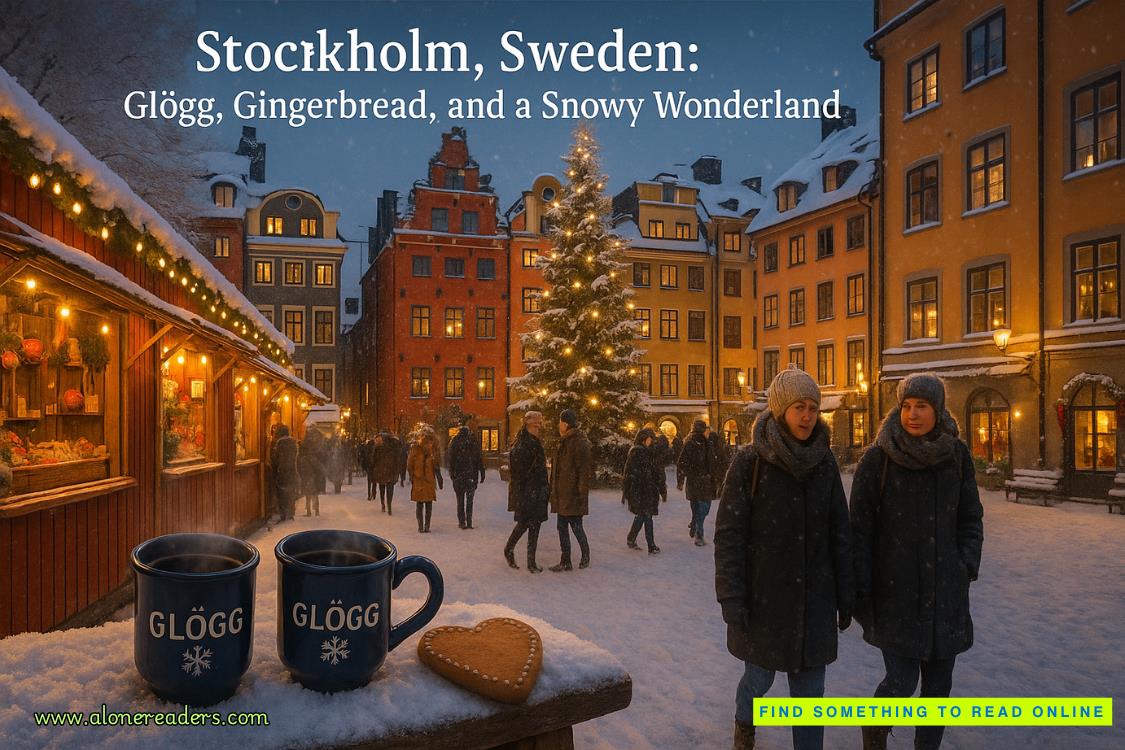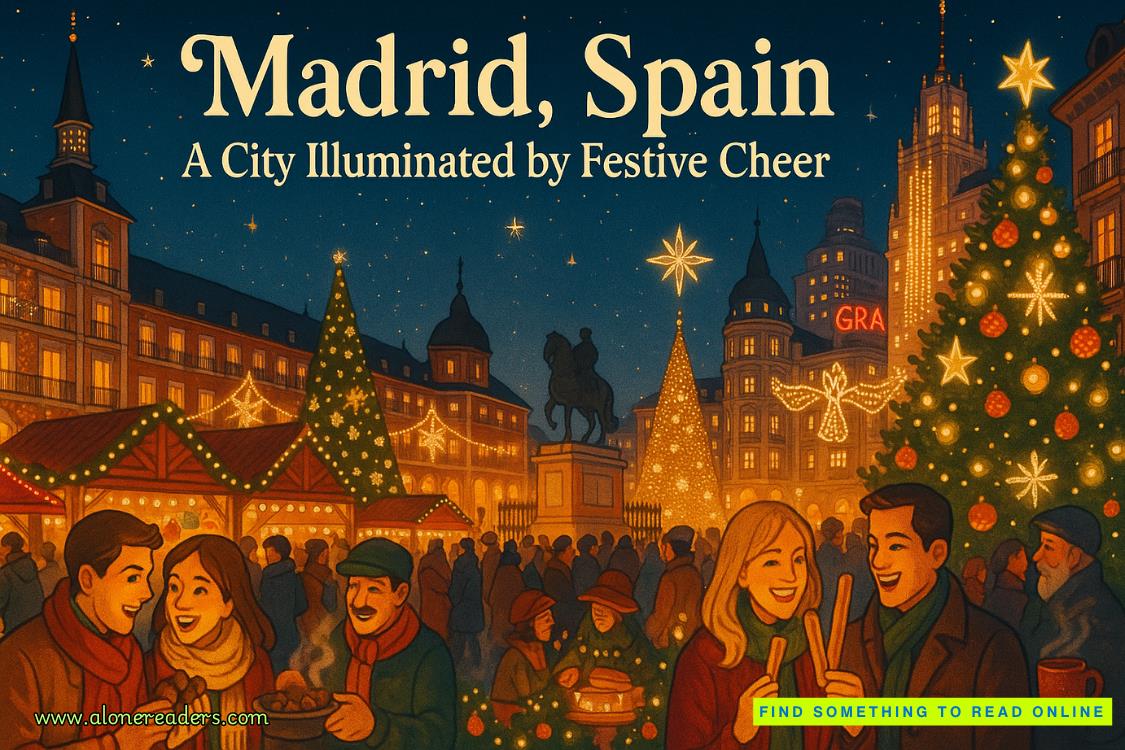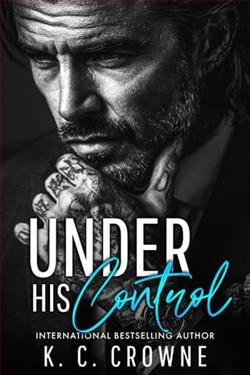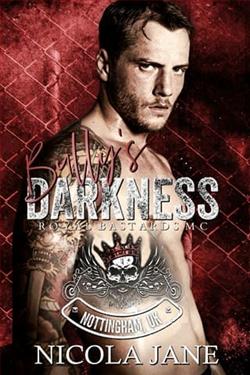Page 16 of The Doomsday Key (Sigma Force 6)
Monk glanced at Creed. His brows were pinched together, not understanding.
Monk did. He reached over and pulled the woman to her feet. “How long ago did your neighbor see the intruder?”
She shook her head, struggling for words. “I…I don’t know. She didn’t say. She called the police.”
Monk glanced back to the body of Dr. Malloy. The professor had talked. Named names. Most likely including his assistant’s. Dr. Malloy had thought Andrea had been headed home. He must have given the torturer her home address. They’d gone off to silence her.
And not finding her there…
It would take only a few inquiries, a few calls.
“We have to get out of here. Right now!”
Monk pointed back the way they’d come. As a group, they rushed down the hall toward the underground passageway. It crossed beneath the street to the neighboring university building, where Andrea had been working.
“You said you were at your office with your lab partner,” Monk said as he hurried down the hall. “Did your partner know where you were headed?”
He got his answer as they reached the mouth of the tunnel. A tall man marched down the passageway toward them, dressed in a dark rain slicker—and it hadn’t rained in days.
Their eyes met across the space.
Monk recognized a feral gleam. He pushed Andrea back and raised his pistol. At the same time, the man lifted his arm, parting his slicker to reveal a snub-nosed machine gun. He strafed the end of the passageway. The odd weapon made no more noise than a cake mixer, but rounds chewed into the corner behind which they’d vanished. Plaster and tile exploded and flew.
“The stairs!” Monk ordered and pointed back toward the atrium.
As they reached the bottom of the stairwell, footsteps echoed down from above.
Monk halted everyone. Looking up, he spotted a man hurrying down in boots and a black slicker, the same as the first. A second assassin. Retreating, he herded everyone back into the maze of hallways.
They had to find another way out.
As they fled into the dimly lit halls, a heavy metal door slammed somewhere on the opposite side of the basement.
Monk turned to Andrea.
“I think that came from the emergency exit,” she whispered in bald terror.
Monk could guess what that meant.
A third assassin.
5
October 10, 6:32 P.M.
Washington, D.C.
“The symbol’s not in the database of any known terrorist group,” Painter said. He stood before a conference table with a wall screen behind him. Glowing on the monitor was a blown-up rendering of the cross and circle.
Painter leaned on the table. The conference room was a new addition to Sigma Command, built after the firebombing. It held a circular table with computer stations before each chair. It could hold as many as a dozen people, but at the moment only three people were seated there.
Kat sat to Painter’s immediate right, bringing her international intelligence experience to the table. On her right was Adam Proust, an expert in cryptology, and across the table, Georgina Rowe, a new Sigma recruit whose expertise was bioengineering.
“So we start at square one,” Painter said and began to pace around the conference table. He had designed the room for just this purpose, to be able to move, to be able to observe those gathered around the table. “What does this symbol mean? How does it connect to the destruction of the Red Cross camp and the mutilation of the senator’s son?”
Adam cleared his throat and half-lifted a hand toward the screen. He was in his midforties, casually dressed in jeans, a thin black sweater, and tweed sportcoat. “This mark has a long symbolic history, going back as far as early man. It’s sometimes referred to as a quartered circle. The meaning is relatively uniform across cultures. The circle represents the earth. The cross, in turn, sections the world into four pieces. In Native American culture, those four pieces represent—”
“The four winds,” Painter acknowledged. He had been taught something similar by his father.
“Precisely. And in other cultures, it represents the four elements—earth, wind, air, and fire. Sometimes they’re represented thusly.” He tapped at his computer station and the screen changed.
“As you can see, the quartered circle becomes the symbol for the earth itself, encompassing all four elements. This mark can be found around the globe. The historical etymology of the symbol is quite fascinating and goes back to pagan times. In several Nordic countries the mark can be found carved into slabs and standing stones. It’s often accompanied by another petroglyph: the pagan spiral. The two are intimately related to one another.”
“Related?” Painter asked. “How so?”
Adam lifted a hand, asking for a moment, and typed at his station. A new image appeared on the screen. “Here’s a stylized pagan spiral. You can find variations of this around northern Europe.”
Another tap at the screen placed the spiral over the quartered circle.
“See how the spiral starts at the center of the cross and expands outward to fill the circle. While the quartered circle represents the earth, the spiral is meant to symbolize life, specifically the journey of the soul, rising from life to death to rebirth.”
Kat sighed. “This is all well and good, but I don’t see how this relates to the atrocities committed in Africa. Aren’t we getting off topic?”
“Maybe not,” Georgina Rowe argued and shifted straighter in her seat. She was a stocky woman, her hair cut into a masculine bob. “I’ve reviewed the NATO report, and while details are still preliminary and far from definitive, I can’t help but believe the attack had more to do with destroying the Viatus Corporation’s farm there than with some rivalry between rebels and the Mali government.”
“And I agree,” Kat said. “The Tuareg rebels have never demonstrated this level of violence. Theirs have mostly been hit-and-run types of attacks. Not this wholesale slaughter.”
“And trussing up that poor boy in the middle of a burned-out cornfield and branding him with that mark.” Georgina shook her head sadly. “It had to be a warning against what that corporation was doing out there, its research into genetically modified foods. With my background in bioengineering, I’m well aware of the controversy surrounding GM foods. There’s a growing movement against such manipulation of nature. And while it mostly stems from fear and misinformation, it’s also compounded by the lax government supervision of this exploding industry. I can go into more detail…”
